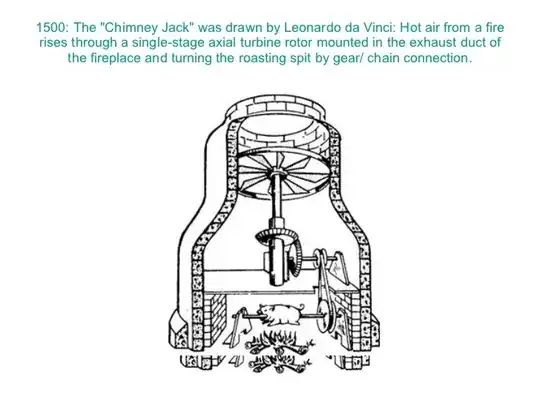No. In addition to all the difficulties involved in fabricating the engine itself, which the other answers address, piston engines and jet engines serve different purposes. Basically, jet engines are for when you want to go fast, piston engines and propellors are for going slow*.
The question you don't ask is exactly why your medieval culture is "inevitably" developing airplanes. If they are planning on developing commercial air travel**, then they need to build not only the engines, but the whole infrastructure. They need aluminum and other lightweight alloys to build pressurized airframes, miles-long paved runways, radio communications and navigation, instrument landing systems for inclement weather, and much more.
On the other hand, if they just want a few airplanes for other purposes, given a halfway decent piston engine, you can build a decent airframe from wood and fabric. That plane can be built to take off and land on a few hundred yards/meters of reasonably-smooth grass or dirt, doesn't really need radios, and you just don't fly if you can't see. Even if you are intent on replicating the modern world, there are many practical applications for which jet engines simply don't work well. Visit any small airport (or even a medium-sized one) and see how many small planes there are with propellors on their noses.
PS: If you want jet engines powering commercial aircraft, we really need to think about developing the supply chains. I mentioned the airframe problems, but have you really thought about what goes into an efficient, modern jet engine? For the turbine blades, you have to figure out how to mine & refine things like nickel,chromium, cobalt, and rhenium: https://en.wikipedia.org/wiki/Turbine_blade#Materials Then for your hot section, you want things like titanium alloys: https://aviation.stackexchange.com/questions/25645/what-material-is-used-to-make-the-hot-sections-of-jet-engines Refining titanium is not an easy task: https://www.essentialchemicalindustry.org/metals/titanium.html
Then to fuel your airplanes, you really need to develop the whole fossil fuel industry. Once you've done that, you start putting megatons of CO2 into the atmosphere, which means that in a couple of centuries your new world has serious problems with global warming...
*I'll skip over turboprops, which basically use a jet engine to drive a propellor. But compare the cost of a present day small turboprop with an equivalent piston-engined plane, and you'll see why smaller ones are fairly uncommon.
**This would mean that, given that they have the AI with all this world's history, there's a strong presumption that these people are unable to learn from experience.

Also, since jet engines normally use jet fuel in a combustion chamber to generate heat, can’t it be replaced with an electrically heated system?
– In the name of the story Feb 13 '20 at 12:31